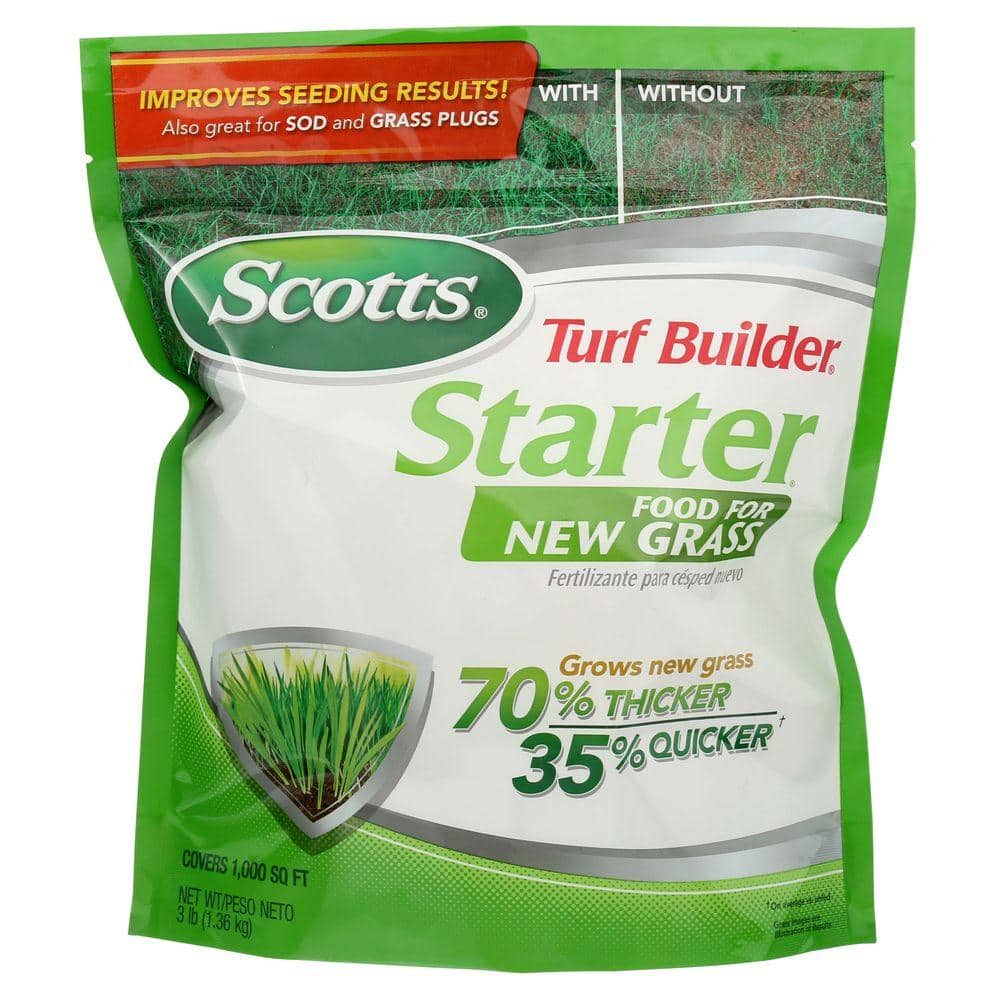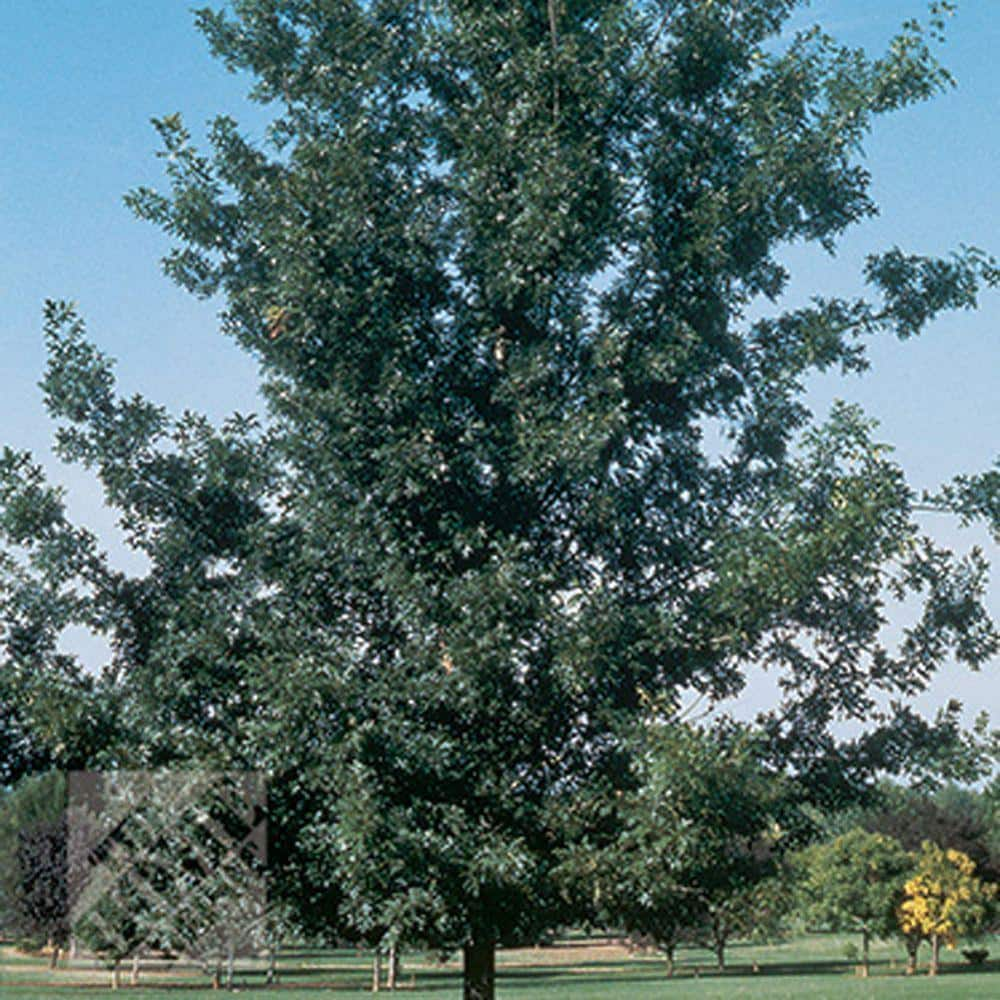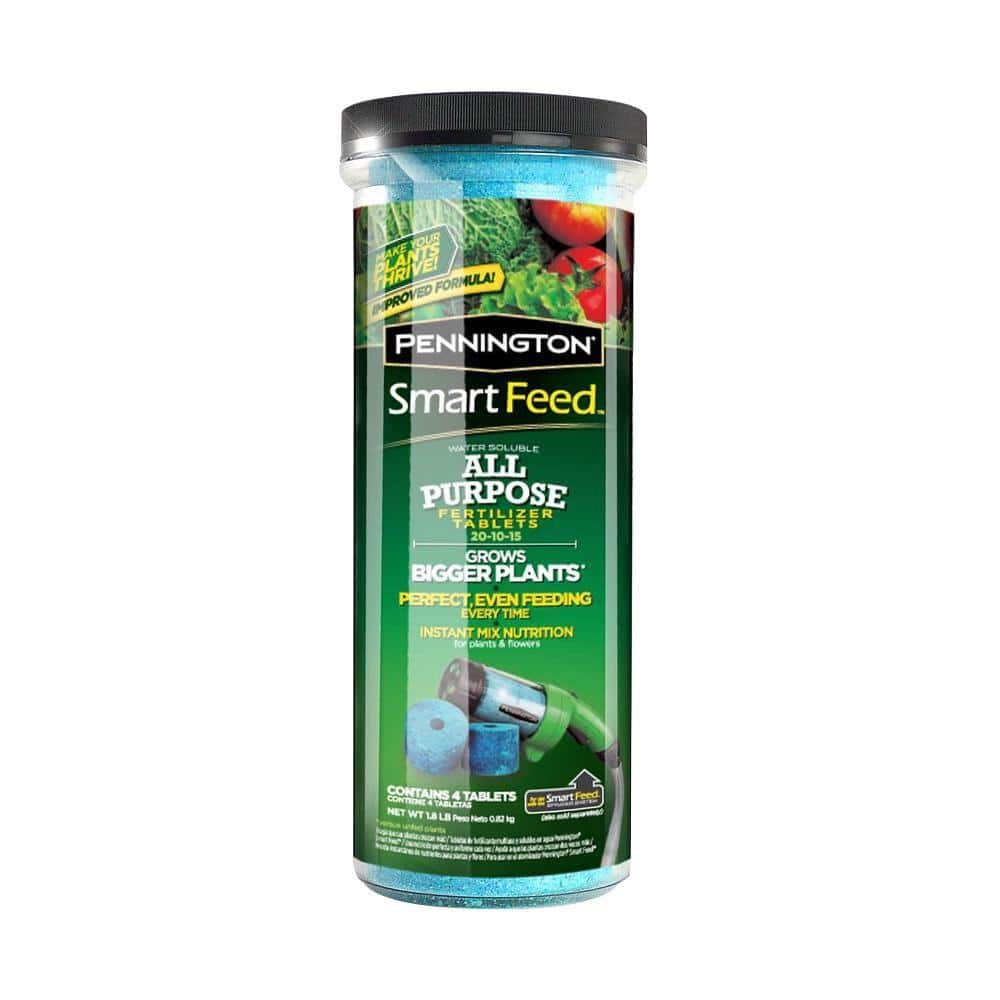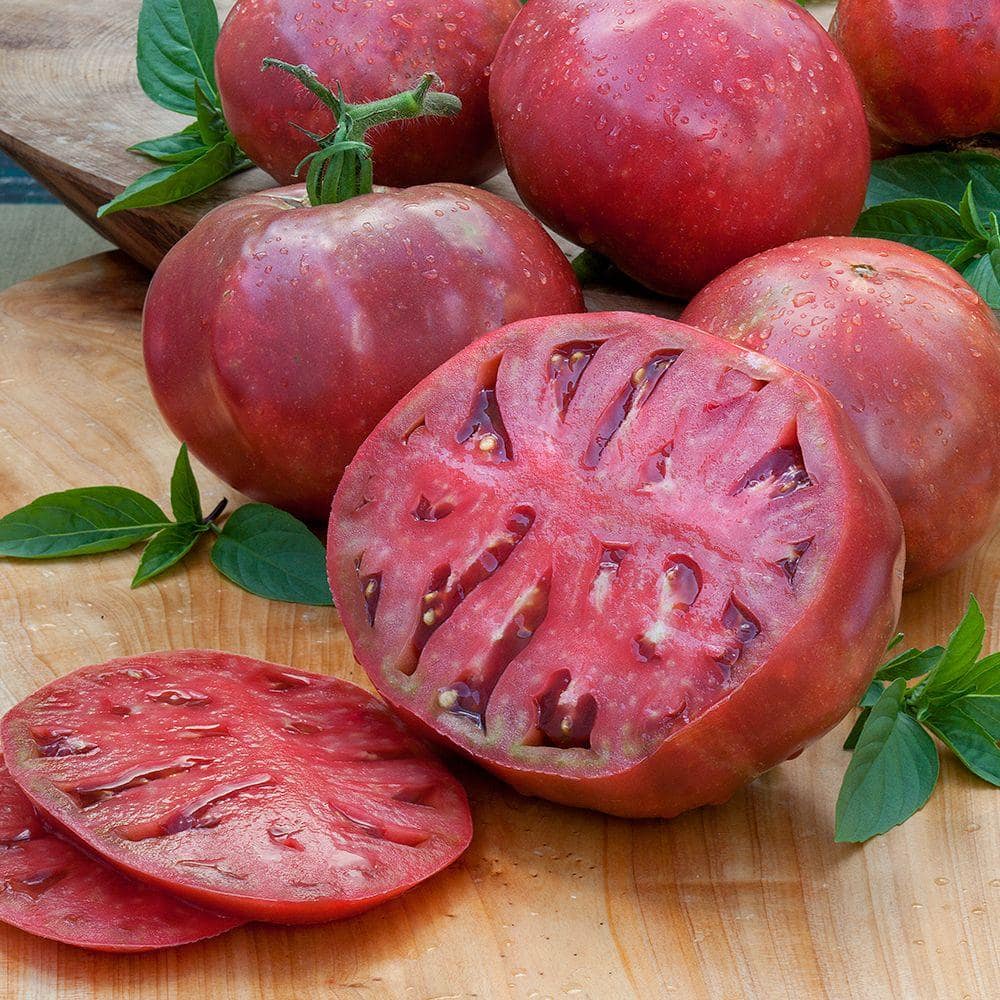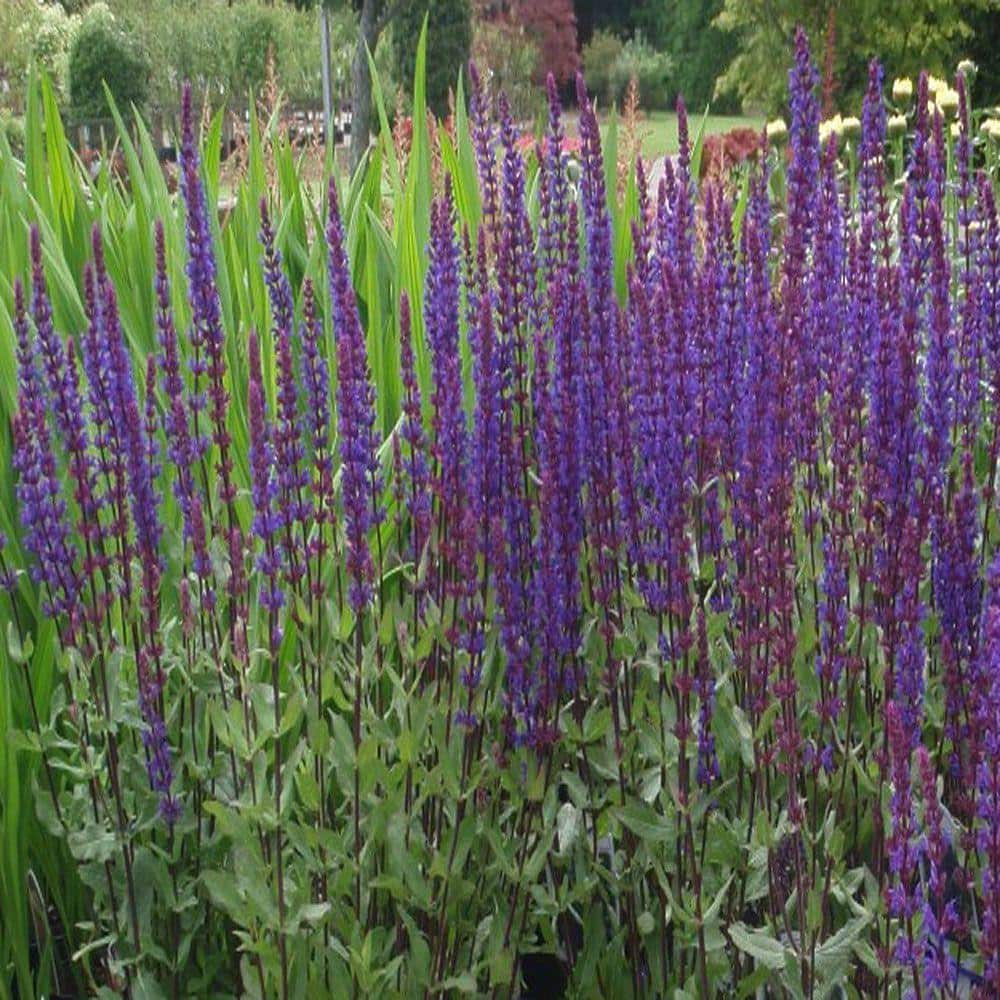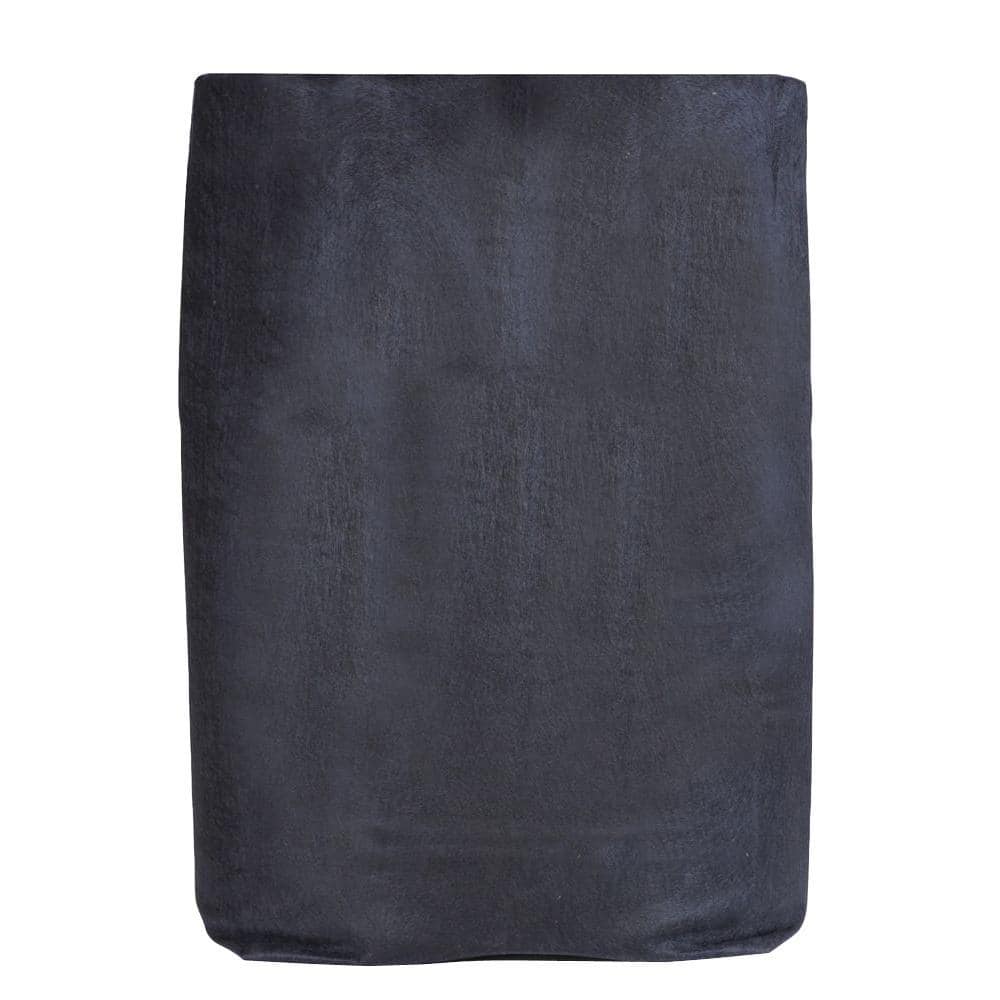10 Fall Gardening Trends

Published April 18, 2025
Be inspired to create a home that’s also a sanctuary with fall garden trends. This autumn, we’re engaging with our homes and communities, indoors and out, in new ways.
More homeowners than ever before are planting vegetable gardens, inspired by victory gardens of the past. Growing your own food, like herbs that add flavor to your favorite dishes, offers a sense of security in changing times.
Inside, homeowners are creating tropical utopias with abundant indoor plants. You can start with easy sansevieria, add climbing pothos followed by statement plants like split-leaf philodendron. Houseplant enthusiasts are creating indoor gardens like never before.
Also on-trend for fall: making big impacts in small spaces with compact shrubs. Going back to the vegetable garden with organic techniques like intercropping (also called interplanting). Learning to compost and close the loop on recycling vegetable scraps. Bringing bold colors to your garden space, no matter the size, with fall flowers like mums.
Read on for our take on fall gardening trends.
Table of Contents
Growing Your Own Food
Garden Indoors with Tropical Plants
Garden in Community
Living Fences
Victorian Goth Gardening
More Mums
Growing Your Own Food

Your vegetable garden planted in spring produced a bountiful harvest in summer. When your summer garden fades, it's easy to transition to a fall vegetable garden.
Cool season leafy greens like kale and chard, and tender salad greens like spinach and lettuce, love the warm days, cool nights and wetter weather in fall. This is the time for root vegetables like beets and carrots. If you’re new to fall gardening, start by planting radish and sugar snap pea seeds. Radishes mature in a little over 30 days from seed to harvest and sugar snap peas take about 60 days.
If your outdoor space is limited, you can still grow your own food with microgreen kits and pots of herbs on your patio or indoors in a bright window. Lightweight, portable grow bags are an eco-friendly option for containers. These handy bags are ideal for cool season greens and other annuals.
Garden Indoors with Tropical Plants

This year, homeowners are filling their spaces with tropical houseplants like pothos, philodendron and monstera for all the best reasons. Indoor plants add decorative interest and some will even filter the air. Most of all, houseplant parents say the indoor gardens give them a sense of calm in their homes.
If you're new to houseplant parenting, first assess the light in your home. There is a plant for every lighting scenario, whether natural sunlight or grow lights. Indoor plant experts recommend:
- Most houseplants do not like direct sunlight. Keep them away from the harshest light.
- Low light doesn't mean complete darkness. All plants require a few hours of light.
- Bright, indirect light is best for most houseplants. If it's bright enough for you to read, then it's going to be okay for your plants.
Garden in Community

Follow the trend and take a break from the ever-present screens of phones, tablets and laptops. Gardeners who are looking for ways to be offline and still social are taking their skills to community gardens.
Community gardens are built on several models. Some grow food for food banks, some let you rent a row and grow for yourself and family. In addition to community garden experiences, gardeners can volunteer to clean up landscaping in parks and other public spaces. Lean into the fall garden season and build gardens and hardscapes that will benefit communities for many years.
Living Fences

As we seek to create our own personal homesteads, using shrubs and trees for privacy is trending. Unlike simple fences, mature privacy hedges absorb street noise and clean the air.
Popular choices for privacy hedges include fast-growing evergreen shrubs like arborvitae, broadleaf holly, columnar junipers or cypress.
Fall is the best time to plant shrubs and trees for your privacy hedge. The cooler, wetter weather and shorter daylight hours encourage new plants to focus on root growth through the winter. They'll emerge in spring stronger and better prepared for extreme summer heat and drought.
Victorian Goth Gardening

Goth gardening or Victorian gardening. In the Victorian era, cemeteries were community spaces where families picnicked and enjoyed beautiful plantings. Recreate a rich Victorian gothic look with dark-hued blooms and foliage from the Garden Center.
Fall is a good time to dry faded roses and hydrangeas and other blooms. Simply snip them and hang them upside down in a cool dry space for a few weeks. Use the dried flowers in floral arrangements and wreaths.
More Mums

Bring star power to your home with pots of mums in your garden or on your patio. Mums bring colorful autumn-friendly blooms to the party. In the Garden Center, look for flowering plants in shades of yellow, red, orange, purple and burgundy.
Even if you're a renter, you can freshen up your outdoors with portable plants like mums, or mixed containers with fall favorites like flowering kale, pansies and crotons.
Compact Plants for Small Spaces

Whether your garden is in a small or large space, compact shrubs are popular. From fragrant roses and camellias to colorful spirea, hydrangeas and viburnum, give these new varieties a turn on your patio.
Fall is the best time to plant shrubs in the ground. Shrubs with flowers offer beauty with their blooms, foliage and winter interest. Some are even fragrant, such as viburnum, sweetspire and lilac.
Shrubs appreciate the warm soil temperatures of late summer and fall to establish root systems, even as air temperatures grow cooler.
When planting shrubs in the ground, dig a wide, shallow hole, rather than a deep hole. Most shrubs grow roots through the top 12 to 18 inches of soil, and those roots will spread beyond the plant’s canopy. There’s usually no need to amend the soil in the planting hole. Instead, blanket with mulch and top dress with compost to nourish the plant through winter.
Closing the Loop with Compost

When growing your own vegetables, you can "close the loop" on recycling food scraps when you compost peelings from your vegetable harvest. The growing trend of living sustainably has created more awareness around composting at home. This has given rise to collection services for those who wish to do their part for the environment, but don’t have time to manage the process themselves.
At home, start with a compost bin on your countertop and in your yard. For pick-up programs, including some with monthly fees, providers pick-up food scraps each week and, in return, users get bags of nutrient-rich compost.
Composting helps reduce household waste streams by up to 60 percent and helps protect the environment by sending fewer food scraps to landfills.
Interplanting in Your Vegetable Garden

Intercropping means bunching plants together as natural companions to provide a line of defense against pests, disease and weeds in your organic vegetable garden.
Adding herb plants to your vegetable garden, for example, can be a line of defense against pests. Many herbs can mask the scent of delicious veggie counterparts, such as lavender planted with broccoli and cabbage.
Consider these companion planting ideas:
- Squash with nasturtiums and radish.
- Beans with corn, potatoes, beets, carrots, cucumbers, summer savory, marigolds and strawberries.
- Chard with root crops, lettuce, radish, celery and mint.
- Broccoli, cabbage, kale, cauliflower and collards with thyme, potatoes, dill, chamomile, beets, onion, rosemary, sage, oregano and peppermint.
- Corn with beans, potatoes, cucumbers, pumpkin, squash, melons and marigolds.
- Cucumbers with radish, okra, beans, corn and peas.
- Lettuce with carrots, radish, strawberries and cucumber.
- Sweet peppers with basil and okra.
- Tomato with asparagus, marigold, nasturtium, chives, onion, parsley, garlic, roses and bee balm.
- Fruit trees with garlic, bulbs, chives, borage, nasturtiums, columbine and daylilies.
Gardening by Phases of the Moon

For centuries, many native cultures throughout the Americas gardened according to lunar phases. Some modern gardeners have adapted the practice in their yards.
Here’s how lunar phase gardening works:
- New moon: Though the moon is not visible, it starts a new 30-day orbit cycle. During this phase, you can sow seeds or transplant leafy annuals such as lettuce, spinach, cabbage and celery.
- First quarter moon: As the moon grows in illumination, you’ll begin to see half of the moon. During this time, plant annual fruits and foods with external seeds, such as tomatoes, pumpkins, broccoli and beans.
- Full moon: Plant bulbs and root vegetables such as beets, turnips, potatoes and rhubarb. It’s also a great time to plant fruit, such as apple trees.
- Last quarter moon: During this phase, avoid planting. Instead, pull weeds, improve soil with compost and top off garden beds with mulch.
Whether you need the right tools, plants or garden soil, The Home Depot delivers online orders when and where you need them.

